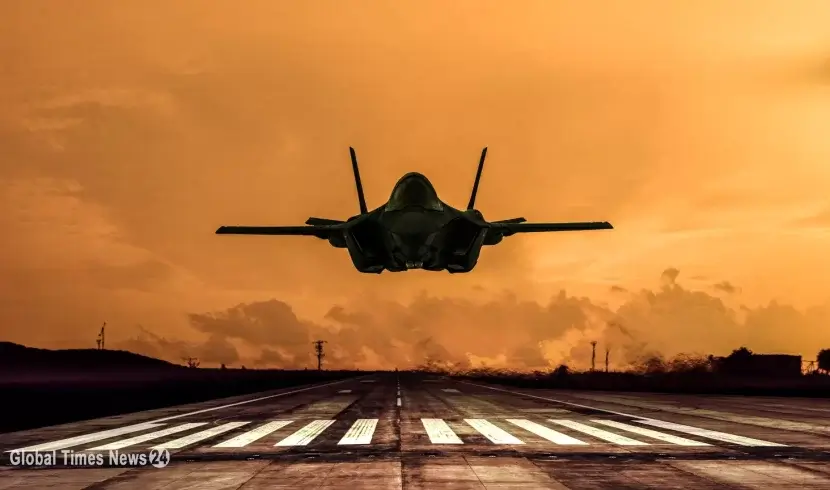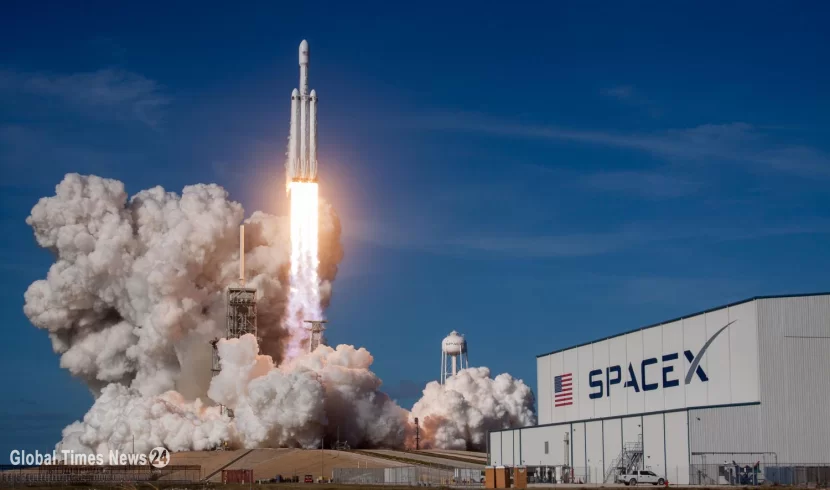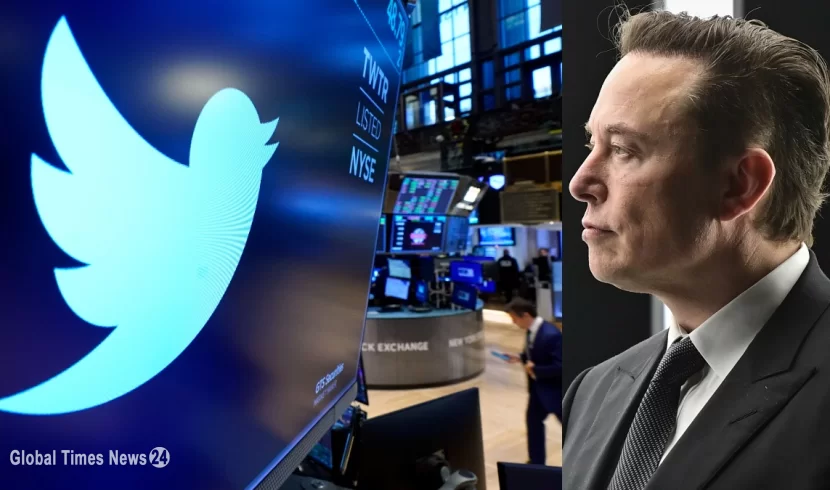Jeff Bezos honoured as NASA taps Blue Origin to build moon lander
NASA's choice Blue Origin gives it a second option for sending people to the moon through its Artemis programme.
 Researchers find gene variant protective against severe COVID
Technology
Researchers find gene variant protective against severe COVID
Technology
 Creating Viral Content: The Top 10 Factors You Need to Know
Technology / Breaking News / Opinion
Creating Viral Content: The Top 10 Factors You Need to Know
Technology / Breaking News / Opinion
 German lawmakers approve purchase of F-35 fighter jets
Technology / Breaking News
German lawmakers approve purchase of F-35 fighter jets
Technology / Breaking News
 Introducing Blackwell: Nvidia's Cutting-Edge AI Platform
Breaking News / Technology
Introducing Blackwell: Nvidia's Cutting-Edge AI Platform
Breaking News / Technology
 Female employees that sued Google for paying them less than men in equal positions win $118 mn in settlement
Technology / Breaking News
Female employees that sued Google for paying them less than men in equal positions win $118 mn in settlement
Technology / Breaking News
 Major sports events of 2022
Sport / Breaking News
Major sports events of 2022
Sport / Breaking News
 SpaceX launches 3 paying customers to space station for $165M
Technology
SpaceX launches 3 paying customers to space station for $165M
Technology
 How the FAA went to war against 5G
Technology
How the FAA went to war against 5G
Technology
 Will Elon Musk take U-turn from offer to buy Twitter?
Bussiness / Opinion
Will Elon Musk take U-turn from offer to buy Twitter?
Bussiness / Opinion
 In a historic launch, the Webb Telescope blasts off into space
Technology
In a historic launch, the Webb Telescope blasts off into space
Technology